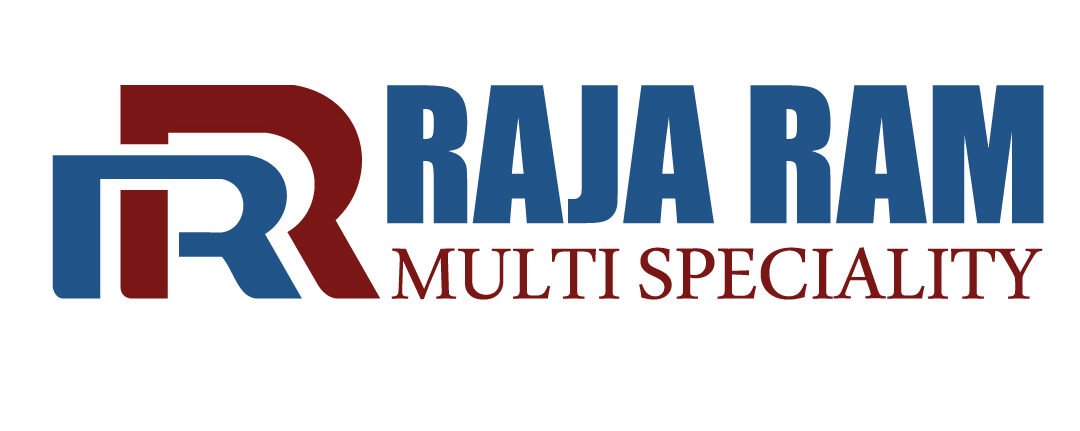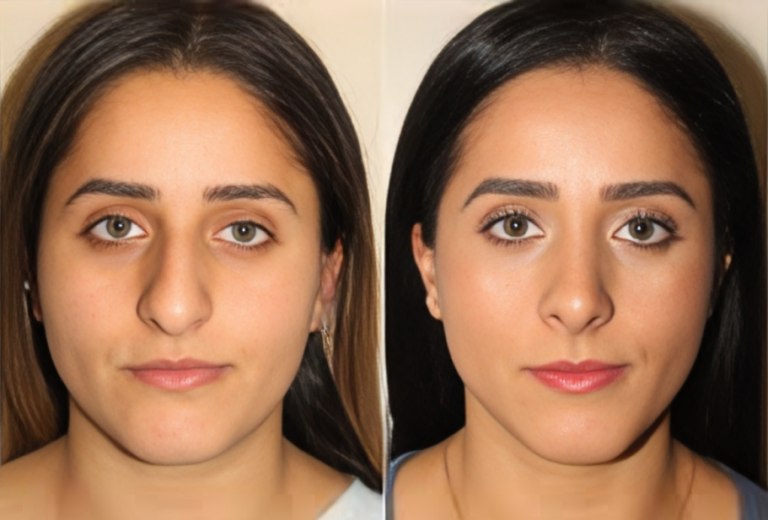Tympanometry and Audiometry: Assessing Middle Ear Function and Hearing Health.
Tympanometry and audiometry are two essential diagnostic tests used in the assessment of middle ear function and hearing health. These tests provide valuable information about the integrity of the auditory system, helping healthcare professionals identify hearing disorders, determine the type and degree of hearing loss, and develop appropriate management strategies. In this article, we will explore the principles, procedures, and clinical applications of tympanometry and audiometry, highlighting their importance in the evaluation and treatment of auditory conditions.
To Know More About It Please Click Here
Tympanometry
Assessing Middle Ear Function Tympanometry is a diagnostic test that measures the movement of the eardrum (tympanic membrane) and the function of the middle ear. It is particularly useful in detecting conditions such as otitis media (middle ear infection), eustachian tube dysfunction, and tympanic membrane perforations. During tympanometry, a probe is inserted into the ear canal, and air pressure is varied to assess the compliance and mobility of the eardrum.
Key parameters measured during tympanometry include
- Tympanic Membrane Compliance: Tympanometry measures the compliance of the eardrum in response to changes in air pressure. A graph, known as a tympanogram, is generated to illustrate the movement of the eardrum under different pressure conditions. Normal tympanograms typically show a peak at the point of maximum compliance, indicating normal middle ear function.
- Middle Ear Pressure: Tympanometry also provides information about the pressure in the middle ear space. Abnormal middle ear pressure can indicate conditions such as eustachian tube dysfunction or negative middle ear pressure associated with otitis media with effusion (fluid in the middle ear).
Audiometry
Evaluating Hearing Sensitivity Audiometry is a comprehensive assessment of hearing sensitivity and function, commonly used to diagnose hearing loss and determine its type and severity. It involves the presentation of sounds at varying frequencies and intensities to assess an individual’s hearing thresholds. Audiometry can be conducted using pure-tone audiometry, speech audiometry, and other specialized tests.
Key components of audiometry include
- Pure-tone Audiometry: Pure-tone audiometry assesses hearing sensitivity across different frequencies, typically ranging from low to high frequencies. The patient responds to the presentation of pure tones by indicating when they can hear the sound. The results are plotted on an audiogram, which provides a visual representation of the patient’s hearing thresholds.
- Speech Audiometry: Speech audiometry evaluates an individual’s ability to understand speech sounds at different intensity levels. The patient may be asked to repeat words or sentences presented at varying volume levels to assess speech discrimination and recognition abilities.
Clinical Applications and Importance
Tympanometry and audiometry play a crucial role in the diagnosis and management of various auditory disorders and conditions. These tests help healthcare professionals:
- Identify the presence and type of hearing loss (conductive, sensorineural, or mixed).
- Determine the degree and configuration of hearing loss.
- Monitor changes in hearing sensitivity over time.
- Assess the effectiveness of hearing aid fittings and other interventions.
- Identify middle ear pathologies such as otitis media, tympanic membrane perforations, and eustachian tube dysfunction.
- Facilitate early detection and intervention for hearing loss in infants and children.
To Know More About It Please Click Here
Conclusion
Tympanometry and audiometry are invaluable tools in the assessment of middle ear function and hearing health. By providing objective measurements of tympanic membrane mobility and hearing sensitivity, these tests help healthcare professionals diagnose auditory disorders, determine the appropriate course of treatment, and improve outcomes for individuals with hearing loss. Regular audiometric assessments are essential for early detection, intervention, and management of hearing impairment, promoting optimal communication, quality of life, and overall well-being for patients of all ages.
For any further queries, Plz visit https://drshravan.in/ or you can check our social media accounts, Instagram








